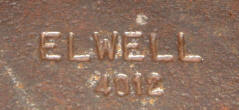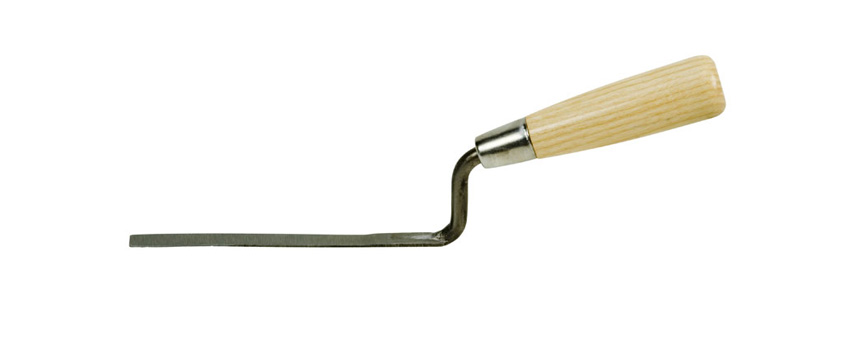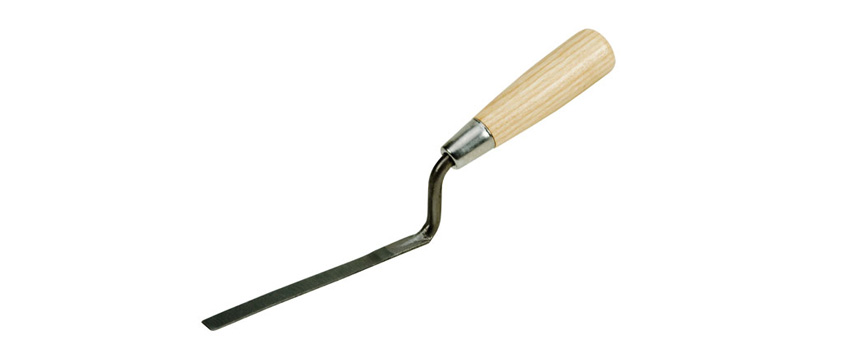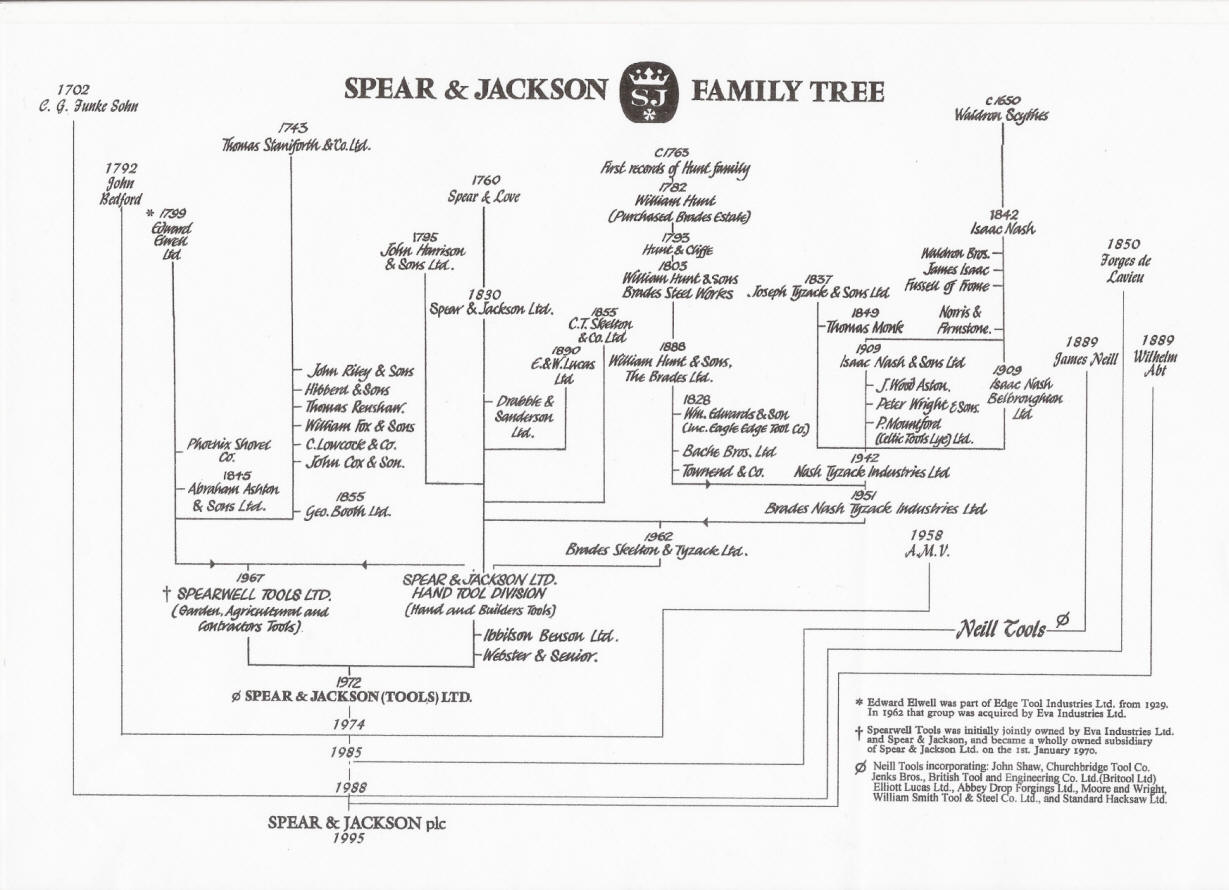 Thanks: 0
Thanks: 0
 Likes: 0
Likes: 0
 Needs Pictures: 0
Needs Pictures: 0
 Picture(s) thanks: 0
Picture(s) thanks: 0
Results 1 to 15 of 18
Thread: Tool identification
-
16th July 2012, 10:35 PM #1
 Tool identification
Tool identification
Hello all
I have had the below tool for a while.
Can anyone suggest what it might be for.
I've done quite a few internet searches, but can't come up with anything other than Elwell made a large variety of tools.
Any ideas would be appreciated
oz

 If you find you have dug yourself a hole, the first thing to do is stop digging.
If you find you have dug yourself a hole, the first thing to do is stop digging.
I just finished child-proofing our house - but they still get inside.
-
16th July 2012 10:35 PM # ADSGoogle Adsense Advertisement
- Join Date
- Always
- Location
- Advertising world
- Age
- 2010
- Posts
- Many
-
17th July 2012, 01:41 AM #2
 New Member
New Member











- Join Date
- Sep 2008
- Location
- Michigan, USA
- Posts
- 1

This looks like a tool used to smooth solder when soldering two automotive body panels together. The process was called "leading" (LED-ing) and was removed from assembly lines here in the states in the mid 1960's due to concern about the lead/tin mixture used. One of the last truly skilled trades on the assembly line. Mike (in Detroit, Michigan, USA)
-
17th July 2012, 02:51 AM #3


Read bottom paragraph here.
Available here.Edward Elwell Ltd., CATALOGUE OF TOOLS Ref: CHT9020
A facsimile of a Victorian (1870) catalogue of this most important manufacturer of every imaginable forged tool or object: bill hooks, axes, adzes, chisels, anchors, eel spears, locomotive firing shovels, horseshoes and many more. The names of some of the tools indicate the world-wide custom the firm had: Russian miners hammers, Spanish bowl adzes, Australian half-bright chipping hoe, New Zealand sinking pick, Bechuana grubbing hoes, Peruvian hedge bill, . Introduction by Richard Filmer. "This superbly reproduced illustrated catalogue.....The original document is very rare." The Black Countryman" magazine.
There is information out there, look for Edward Elwell, Edward Elwell LTD, and Spearwell Tools LTD.
Toby
-
17th July 2012, 03:10 AM #4
-
17th July 2012, 03:21 AM #5

Please show both ends of the tool.
Toby
-
17th July 2012, 09:10 AM #6
 Jim
Jim











- Join Date
- Feb 2008
- Location
- Victoria
- Posts
- 3,191
-
17th July 2012, 09:24 AM #7
-
17th July 2012, 10:28 AM #8

Mike,
In late 1973 and early 74, when I was a student I worked a vacation on the GM production line here in Melbourne. I was initially metal finishing, making certain the lead filling over only one of the the spot welded seams above a rear tail light was ready for paint. After a few weeks I was promoted to lead wiping. My job was filling holes too big to be knocked out and just filed and sanded. The tools I used to wipe the lead were never metal, they were hard wood.
The actual lead filling was done before my place on the production line, I was in the final finishing area, before the paint.
The process was not complicated, but required a fair bit of dexterity, especially on a vertical surface. Warm up the steel or lead surface, brush on some flux, then using the torch and a stick of solder, feed the solder in leaving it in a jelled state so it didn't just fall out. Then using the torch and a selection of hard wood spatulas, wipe the lead to fill the recess, and smooth the surface ready for the file then sandpaper.
The aim was to get it bubble free, and just above the final surface so there was the least file and paper work to do.
I did this either walking along next to the vehicle body, or sitting on a wheeled cart, pushing myself along with my feet.
It would be folly to attempt to wipe lead with a fluxed steel tool.
This tool is a caulking chisel used to push cord and/or sealant into a pipe joint.
I have just packed all my old catalogues into boxes, (re-painting my den), so can't scan the pages of the catalogue with pictures of the tools...but that is exactly what it looks like.
Regards,
Peter
PS,
here is a link to a picture
Set Lead Joint Caulking Irons from Timeless Tools & Treasures StoreLast edited by lightwood; 17th July 2012 at 10:33 AM. Reason: a link...
-
17th July 2012, 11:11 AM #9

Oz,
I have a tool very similar to that one but with a wooden handle. It belonged to my father. It is for working mortar joints when brick laying. But i'm not sure that's what yours is for.
Toby
-
17th July 2012, 11:34 AM #10

Mine is similar to this one only much older.


It's called a Tuck Pointer. It comes in sizes, 1/4, 3/8, 1/2 etc.
Toby
-
17th July 2012, 11:43 AM #11

G'Day & Welcome to the forum Mike,
I was just looking at the tool which "oz" was asking about and spotted what looked like a familar name from the Router Forum????
Anyways, you'll find a heap of helpful & knowledgable blokes & ladies on the fourm all willing to assist.
Make sure you show off your handiwork as everyone loves a photo especially WIP photos with build notes.
Also do an introduction in the "welcome section".
Enjoy your woodwork.
Enjoy the forum.
Cheers, crowie
-
17th July 2012, 11:49 AM #12

This is the kind of calking iron that I am used to.

But this is called a Yarning Iron, and looks promising.

Toby
-
17th July 2012, 11:54 AM #13

Oz,
There are plenty of things a chisel like that "could" be used for,
It looks somewhat similar to one in a set of surgeon's chisel I have .....also stamped with the broad arrow, so it "could" be a surgeon's chisel, but it isn't.

....however....
It isn't a tuck pointing tool, although it could possibly be used clumsily for that purpose.
Here is a set to complete yours...
from this page...
Plumbing Caulking Irons for Lead & Oakum Pipe Joints

Regards,
Peter
-
17th July 2012, 11:57 AM #14

Guess we could be over-thinking this.
Toby
-
17th July 2012, 01:19 PM #15

Toby,
I'm not over thinking it, I just know what it is.
Are they your chisels in that picture? They are are lovely set cranked, bevelled edge paring chisels.
Like this in my collection of about 500 chisels, tuck pointing tools, caulking irons, surgeons chisels, etc...etc...

They should NEVER be hit with a hammer or mallet, and you would be reprimanded severely by your master if you did.
An all steel cranked chisel, with an obvious provision for getting hit hard isn't a pattern maker's paring chisel.
Here are some caulking irons I have, I had to pull a fair bit out to get to them out for a picture just now. I have another box of them somewhere...this is the overflow.
I have seen them in numerous tool catalogues, before the internet was invented, I own about 20 of them, I just found about 10 references with pictures of them on the internet...I'm satisfied with my identification.
I once sat in a room with a tool club, and a whatsit was held up, and a quietly spoken, elderly gent put his hand up and told the audience he was a motor mechanic his whole working life, and that is a tool for adjusting drum breaks. I knew that's what it was also, because I worked in a service station after school for all my teenage years, and used one myself. So the clown up the front asked...any more opinions??? The old fellow sat down looking a bit miffed.... hell's bell's ...what he just gave wasn't an opinion, it was an identification.
(BTW across the road from the house I grew up in, also behind that service station I worked at, and also next door to my fist wife, lived members of the Dalton family. That family has been doing most of the tuck pointing around the eastern suburbs of Melbourne from the 1940s through to ....let me check....yes... still a listing in the phone book for Dalton tuckpointing in the eastern suburbs of Melbourne. Must be at least the second or third or even the forth generation.)
Regards,
Peter
Similar Threads
-
Tool Identification?
By Conrad85 in forum HAND TOOLS - POWEREDReplies: 4Last Post: 24th March 2012, 01:07 PM -
identification help
By Andrew_B in forum TIMBERReplies: 15Last Post: 7th February 2010, 11:55 AM -
Bit identification
By javali in forum HAND TOOLS - UNPOWEREDReplies: 2Last Post: 30th December 2008, 10:21 PM -
Identification please
By Allan at Wallan in forum TIMBERReplies: 15Last Post: 18th May 2008, 03:47 PM -
Hand tool identification help needed
By doyle007 in forum HAND TOOLS - UNPOWEREDReplies: 1Last Post: 28th November 2006, 07:10 AM




 Reply With Quote
Reply With Quote



